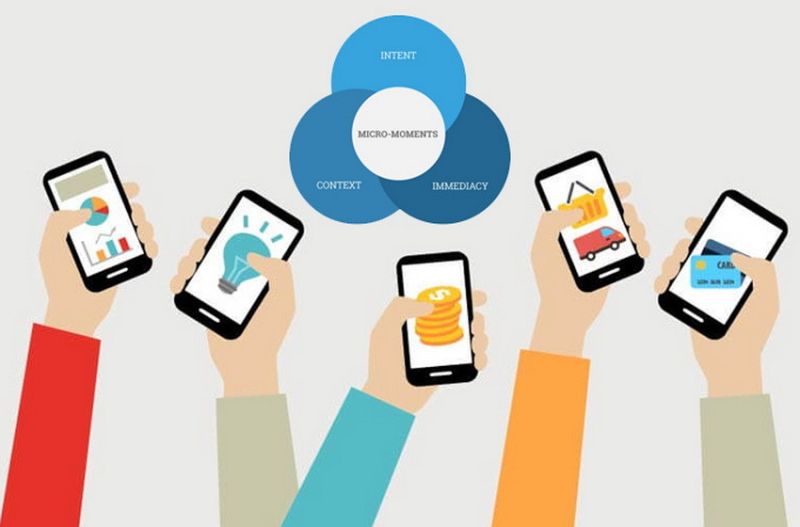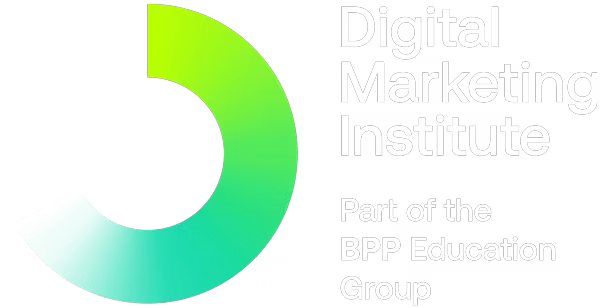The evolution of B2B is still P2P (person-to-person).
In today’s B2B Lead Generation marketing world, capturing and cultivating leads is an art form in and of itself, one that has to be delicately massaged like the ego of a prized pugilist, because the ongoing goal (task, school of thought, whatever you want to call it) of generating leads is to essentially create a sales pipeline by nurturing and keeping the interest of buyers in a certain product or service. It’s all about the next step, the next move, the next maneuver, and the next sale, but it is mostly about the people behind the process.
Make use of Lead generation technology, but prioritize a personalized approach.
It can be done online, offline, or a combination of both. After all, it’s nearly 2023. We made it! There aren’t jet packs or robot butlers (yet), but there is an ever-evolving list of technological advancements that make our work lives easier. Areas like sales, marketing, and customer service are benefiting from the rise of advances in automation, artificial intelligence (AI), and machine learning.
No matter what new technology drops, B2B lead generation is all about people. Sure, data gives you a bird’s-eye view of where your prospects are going and what they are doing. But the business of people is something that never changes. And while it isn’t as face-to-face as it was before, you may still have to actually call someone and talk to them.
Lead Generation professional problem with a personal solution?
For the last 10 years, I have been focused on “lead gen” for a B2B company, in which a good lead generation strategy involves generating solid leads and then sticking them into a marketing funnel to properly follow-up with them through email marketing, a little light stalking, a sales call (yes, an actual sales call), etc. in order to get the prospective client to agree to a demo, risk-free trial, or sales visit to make an initial purchase.
Online lead generation was growing in popularity at a steady clip before 2020, and the COVID-19 pandemic only accelerated that trend. With so many B2B businesses now generating leads online, it naturally follows that lead generation is the biggest challenge for many marketers. It’s very different from B2C, where the consumer completes the purchase online, for the most part, all on their own. Yet, there is no hard-and-fast rule to maximize your conversion rates, so knowing as much as possible about a particular prospect (aka person) will help you better choose your tactics and shape your lead generation initiatives.
This new environment presents a challenge: How is a B2B seller supposed to find new customers whose problems they can solve when customers don’t want to go back to the old way of doing business?
Think outside the brain box.
Lead generation is more popular than ever, and therefore it’s more competitive than ever. Moreover, a solid lead generation process doesn’t just focus on acquiring leads but also takes nurturing and customer retention strategies into consideration. In other words, it should be a holistically human strategy.
To stay ahead of your competitors, it is of high importance to be up-to-date with the latest trends in the industry. To help you boost your B2B Mediafy.pro lead generation efforts, you must be willing to start out online and finish with a phone call or even a handshake.
The growth of your business and sales depends on your ability to identify interested people who might benefit from what you have to sell and encourage them to make the journey from interest to purchase. The higher this number, the greater your chances of success. But the key word in all of this is PEOPLE.







